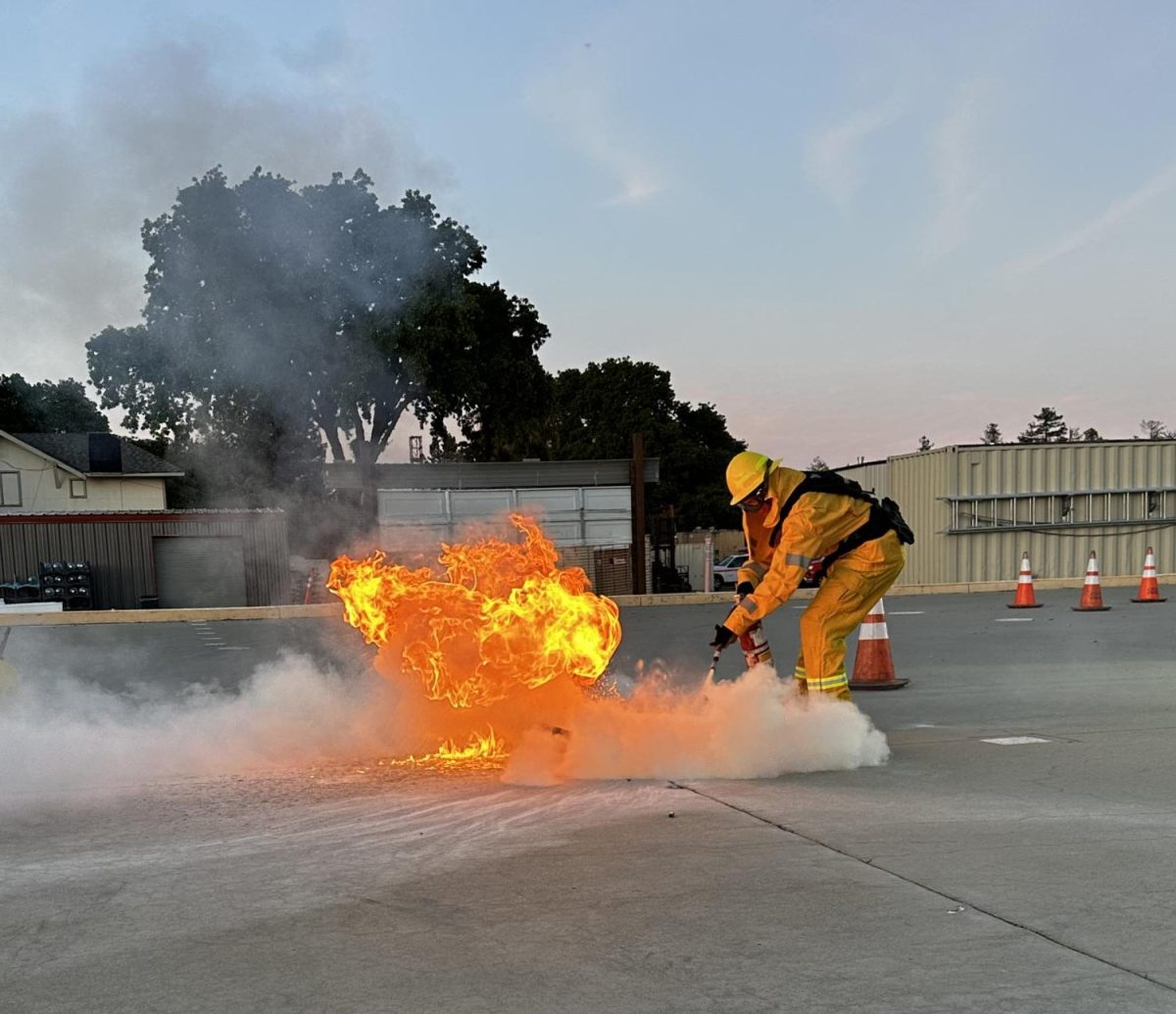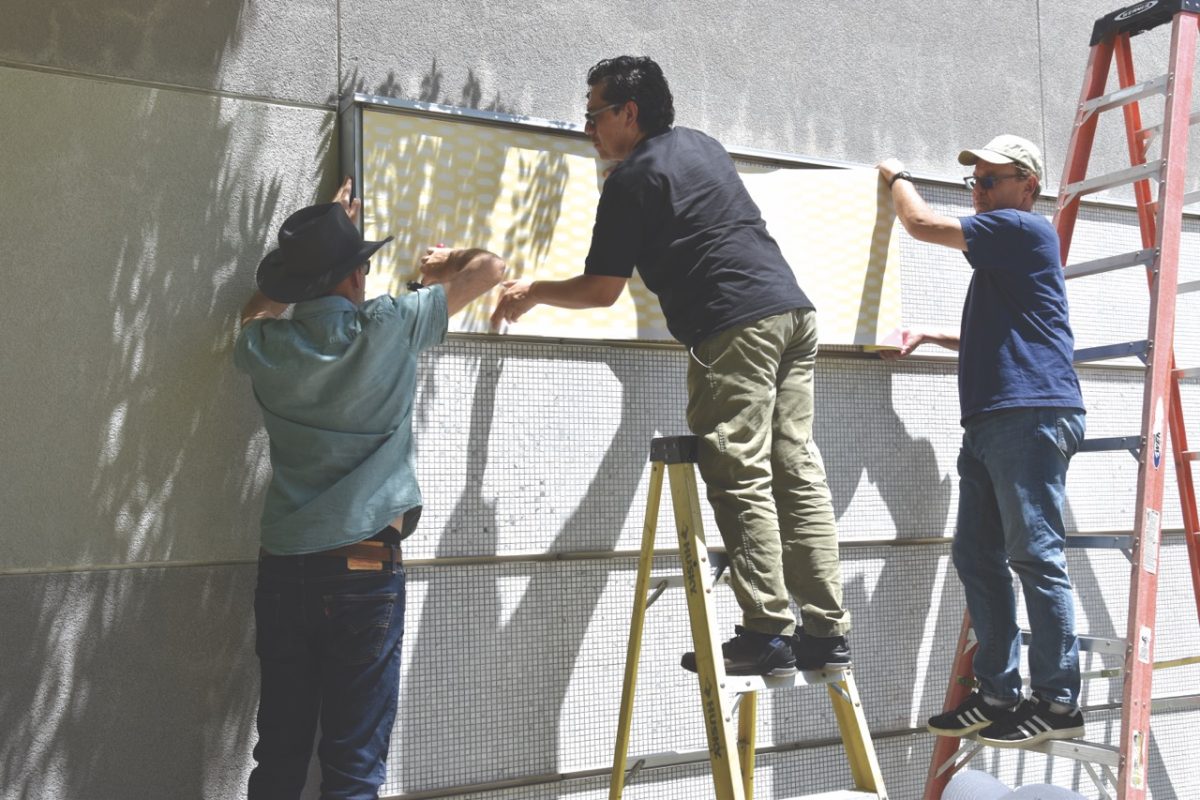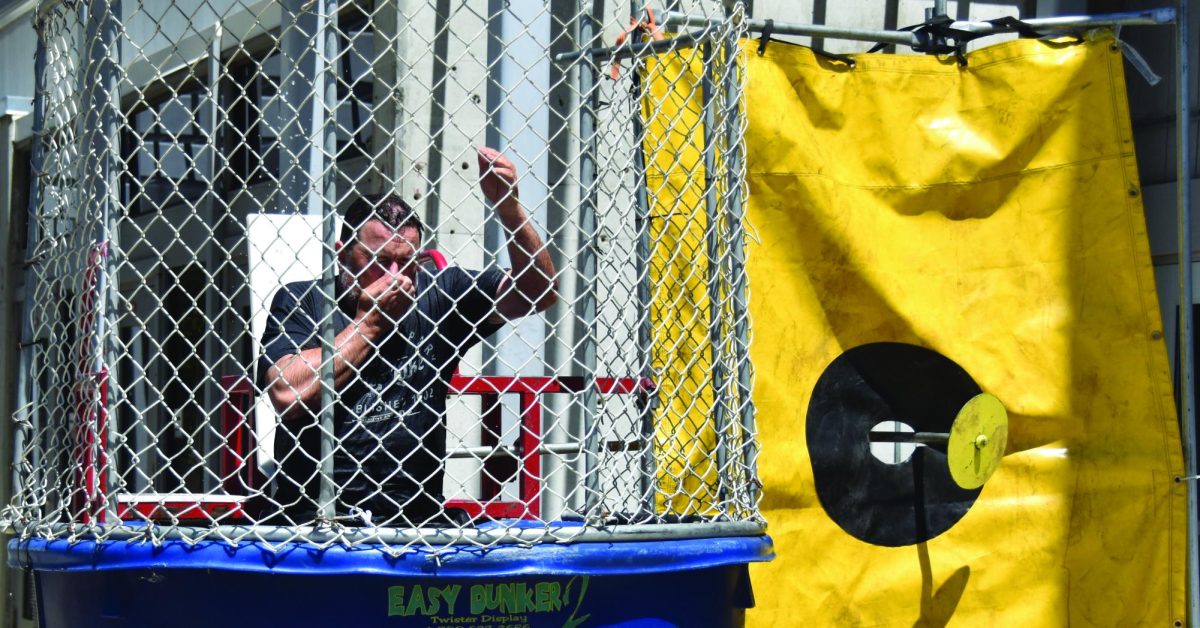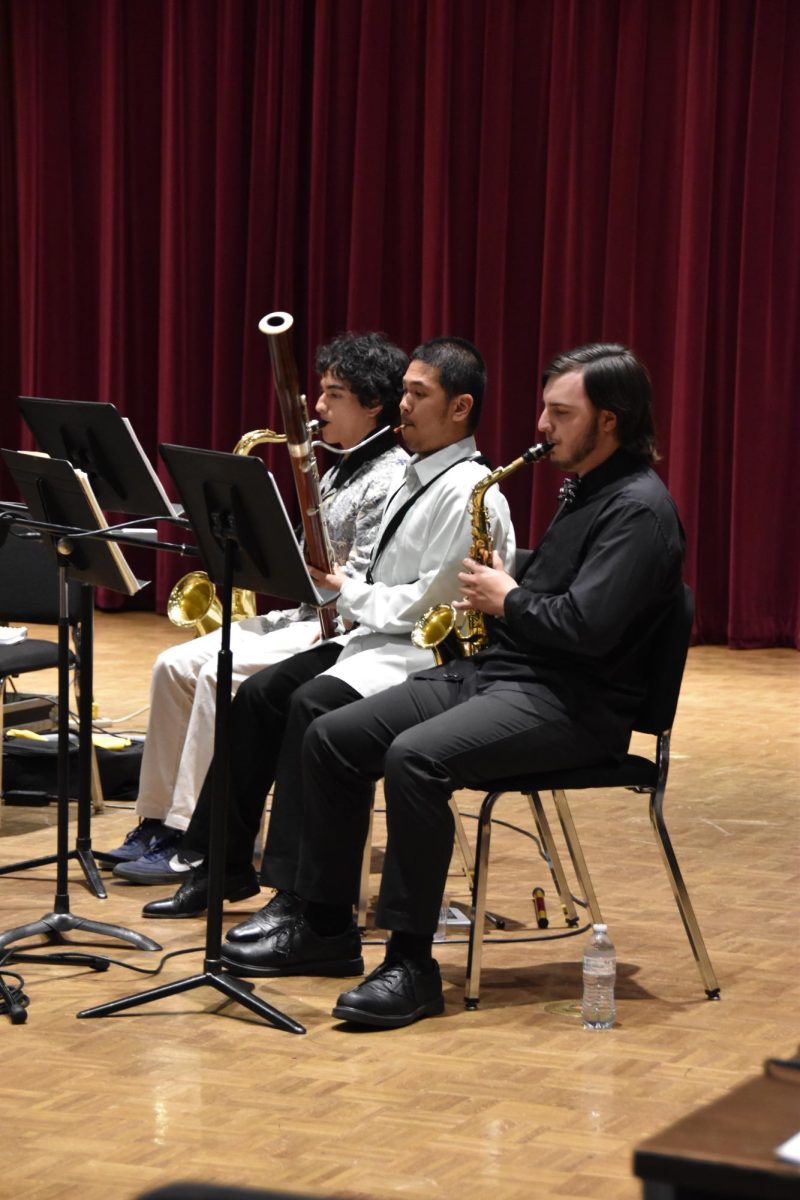The fall semester has officially begun at Los Medanos College with thousands of students, staff and faculty on campus each day. With that, the chance that an emergency related to a fire or a member of the college community going into cardiac arrest rises.
Though there are fire extinguishers in every room on campus, located on a wall, not every person knows how to use it.
LMC department chair for Fire Technology Mike Grillo expressed there was an overall “lack of knowledge when it comes to using a fire extinguisher.”
LMC Fire Academy coordinator Scott Watson believes it to be due to not having the skill taught in a standard learning environment.
“[People] don’t have any exposure to any kind of teaching mechanism that will teach them how to do it,” Watson said.
He pointed out that every fire extinguisher has instructions printed on it but people don’t read it.
“People don’t read instructions and in an emergency they are too panic stricken to do that and it’s not timely,” Watson said.
Watson expressed fire protection training should be taught starting in elementary school into the high school and college level.
There is the acronym PASS: pull the pin, aim at the base, squeeze trigger, sweep. This makes it easier for people to remember how to use a fire extinguisher.
Watson indicated the most common mistake is not aiming at the base of the fire where the flames originate.
“You have to hit the base of the fire in order to put it out, if you’re shooting at the flames it won’t be effective,” Watson said.
The fire extinguishers, which have a spray range of 12-15 feet, at LMC are sufficient for Class A fires that are small paper or trash fires, Class B fires that are small oil spills, or Class C fires from small electrical fires.
Every fire extinguisher must be checked annually and replaced every five years regardless if it has ever been used.
Emergency Medical Services Department Lab coordinator Gretchen Medel spoke similarly about people not knowing where to find an Automated External Defibrillator on campus or how to use one in the event someone is experiencing cardiac arrest.
Medel pushed the importance of people knowing what to do until an ambulance arrives.
“It’s going to take anywhere from 5 to 15 minutes, maybe even longer for the ambulance to arrive on scene to assist with the resuscitation efforts,” Medel said.
The signs that someone is in cardiac arrest and in need of compressions and the defibrillator is what Medel describes as “the perfect storm.”
The person would be unresponsive, not breathing, and they would not have a pulse. The pulse should be checked at the carotid pulse located on the neck.
In the event the AED needs to be used, it gives step-by-step voice instructions to guide the person administering it.
“For every minute that we don’t have the AED, we lose 10% of the chance of bringing the patient back,” Medel said.
There are a total of eight locations on the Pittsburg campus where AEDs are located:
- Child Study Center (lobby wall across from front desk)
- Gymnasium (northwest section)
- Library (hall outside Community Room 109)
- Math Building Lobby
- Campus Safety Center (Near Information Desk)
- Science Building (South Lobby)
- Student Services Floor 1 (outside Admissions and Records)
- First Floor Student Union (near restrooms)














